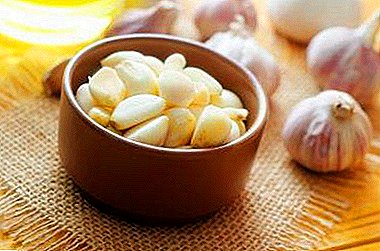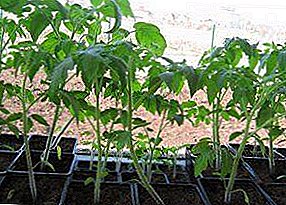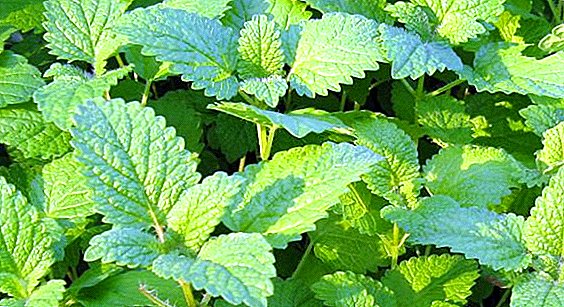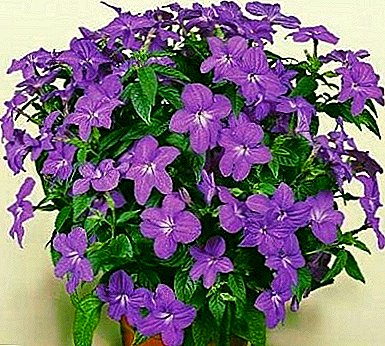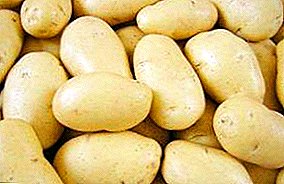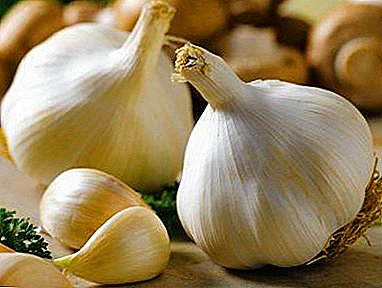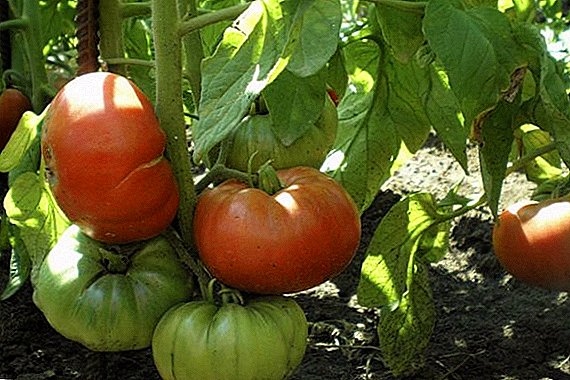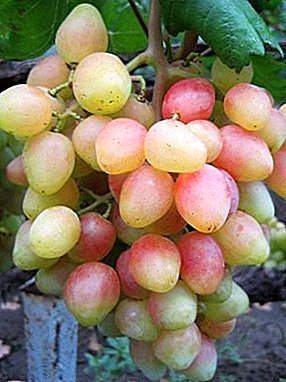
Among the large number of grape varieties is difficult to choose suitable for the dacha.
The same variety can have several names and to navigate in such a variety is not easy. Variety Angelica, for example, has the name Ksenia.
He is very young and not yet sufficiently studied, but already deserved the love of gardeners, thanks to his unique qualities.
Among the recently appeared varieties one can also mention the Memory of Dezhneeva, Rosmus and Nadezhda Early.
What kind is it?
Angelica (or Ksenia) is a new hybrid variety of pink grapes. It is an early maturing dining room and is distinguished by its beautiful appearance and remarkable taste.
Early-maturing varieties also include Blagovest, Bogatyanovsky and Vodogray.
Description of angelica grape variety
The bush of this variety is very high.. Flowers do not require special pollination, they are bisexual. Cuttings root well. Vine ripening is good, but regular pruning and thinning of the bush is needed. Well grafted and combined with different rootstocks.. Angelica is prone to pea berries and often needs thinning of bunches. Also like King Ruby and Pereyaslavskaya Rada.
The berries are very large, oval elongated, collected in loose, loose clusters, reaching a mass of about 1-2 kg. The weight of one berry can be 20-30 g. The skin of the berries is thin, delicate, pale pink.
The flesh of the berries is very tasty, sweet, juicy and crispy. There are very few seeds in the berries, about 1-2, sometimes up to 4. High sugar content and great taste make this variety indispensable for cultivation in their own farmstead.
Angelica refers to the pink varieties that are loved by many. Among the pink varieties are also known Gurzufsky Pink, Pink Flamingo and Dubovsky pink.
A photo
Photo grapes "Angelica":




Breeding history
Variety Angelica obtained by crossing varieties Talisman and Radiant Kishmish. Famous breeder was involved in breeding V. N Krainov and called him Xenia. Later, in 2006, I. N. Voronyuk determined the prospects of this grape and renamed it to Angelica.
Angelica designed for use in Ukraine and southern regions of Russia. It is tested for suitability for cultivation in the south of Belarus. Many winegrowers say that due to its high frost resistance, Angelica feels great on country houses.
Rumba, Galben Nou, Baikonur and Marcelo are highly frost resistant.
Specifications
Angelica is a very high-yielding and early ripening grape. From the beginning of flowering to the full maturation of the fruit passes about 4 months. Winter hardy grapes, withstands temperatures down to -25 C.
Despite the high sugar content in the berries, the wasps are practically not spoiled. Differs in good transportability and long shelf life.. It is resistant to various fungal diseases.
Diseases and pests
 Given that this variety wasps is slightly damaged, it is imperative to protect the vineyard. In the ripening period, the birds may well spoil the birds.
Given that this variety wasps is slightly damaged, it is imperative to protect the vineyard. In the ripening period, the birds may well spoil the birds.
In order to protect the crop, you can use a dense polymer mesh. She covers the grapevine for the time necessary for the full ripening of the grapes.
Not bad can help in this struggle and timely harvest. If in the immediate vicinity of the bushes are wasp nests, they must be destroyed.
You can use any insecticide. To destroy insects is necessary only in their nest. Watering the grapes with such preparations is impossible.. It is worth trying to install special traps for wasps under the bushes.
Angelica is relatively resistant to mildew and oidium, but may suffer from pest attacks.
The most common:
- larvae of the May beetle;
- spider mite;
- grape mealyworm;
- leafworm.
Beetle larvae damage the roots of grapes, and to cope with these pests is not easy. Only thorough will help digging the soil, manual collection and destruction of larvae. After that, the soil around the grapevine must be well cultivated.
Spider mite often found not only on grapes, and affects the leaves of plants. Signs of its appearance can not be detected immediately. To do this, you should regularly inspect the underside of the sheet for the presence of black or red dots.
Damaged leaves become maroon. Later, a spider web appears, and it is difficult to process such plants. You can fight by spraying with special preparations or using folk remedies.
Mealybug It feeds on sap of leaves and shoots and can seriously harm a vineyard in one season. Ants can accumulate in places damaged by a worm. If time does not take action, the grapes die. It will have to be fought by cleaning and burning the bark and damaged parts of the plant..
 Often grapes being attacked by butterfly caterpillars. They eat flowers, berries and spoil the leaves.
Often grapes being attacked by butterfly caterpillars. They eat flowers, berries and spoil the leaves.
You can get rid of them by spraying with special preparations (for example, chlorofos) and destroying the old bark of the plant.
Angelica is a wonderful variety, quite suitable for growing on its own garden plot. Care is not difficult, special conditions are not required.
It is most common in Ukrainebut feels good in relatively warm areas of Russia and Belarus. The variety has no flaws, it is easy to grow and maintain.
Not all varieties are as unpretentious as Angelica. Many diseases are affected by these plants. We invite you to learn more about such as bacterial cancer, anthracnose, a variety of rot, chlorosis and bacteriosis, rubella.


